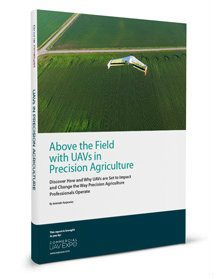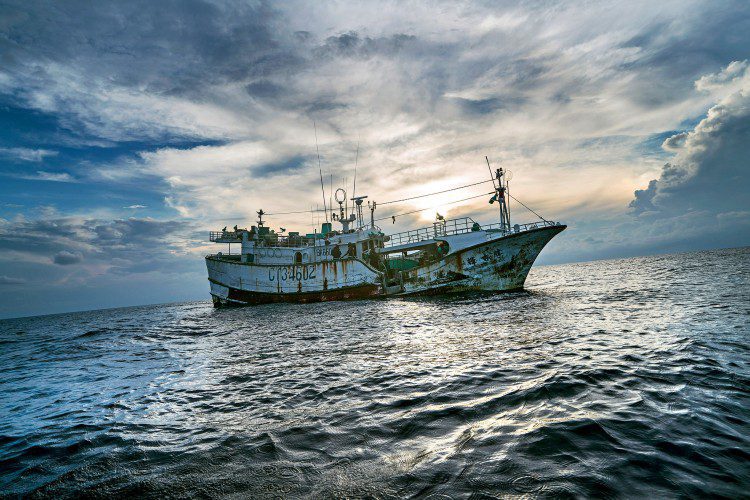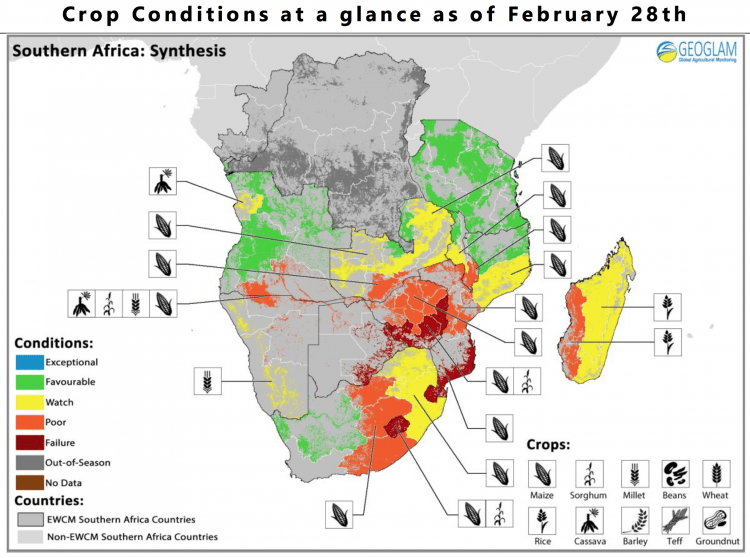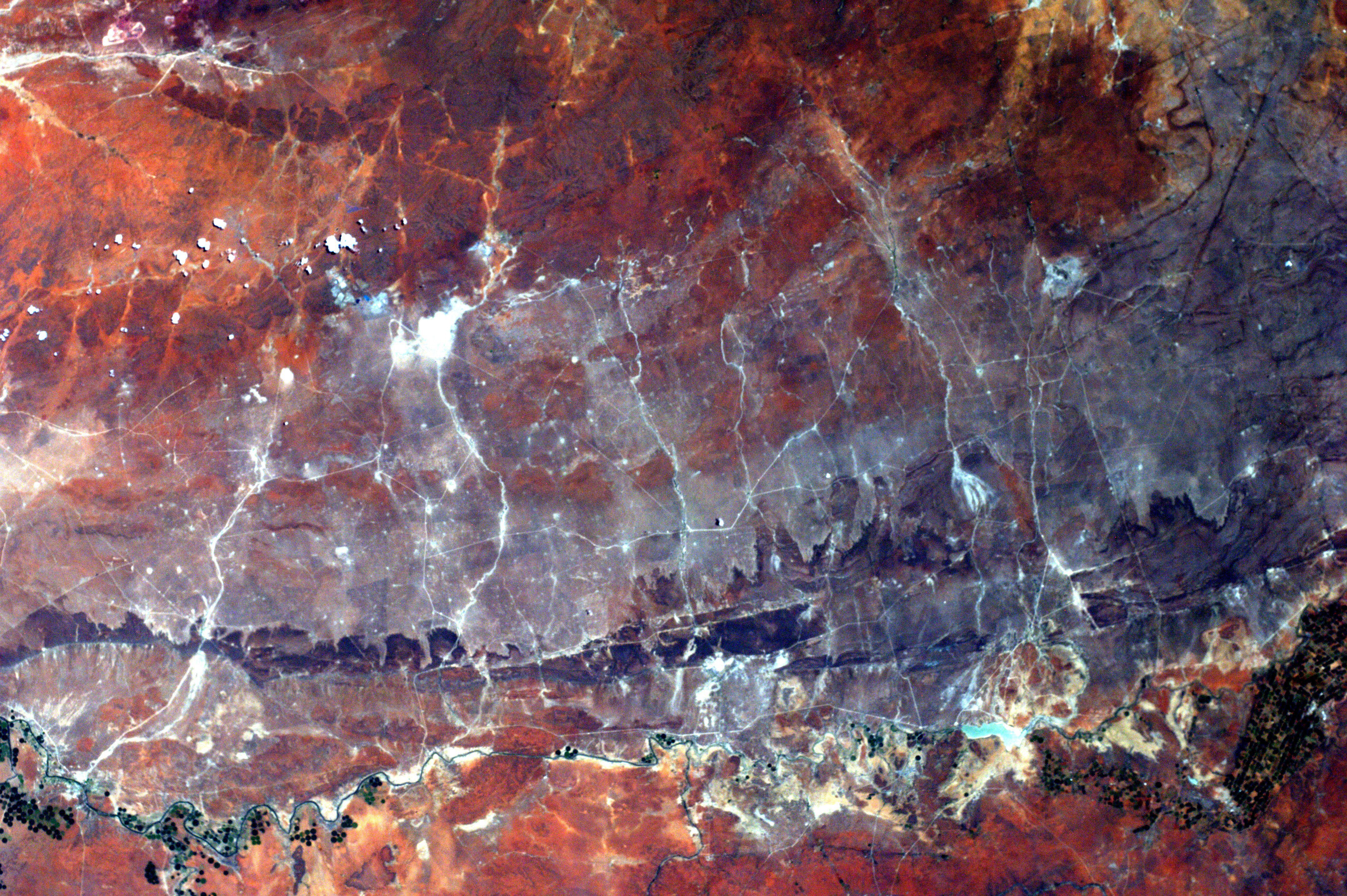The Commercial UAV Expo published a free report, UAVs in Precision Agriculture, which describes how drone/UAS/UAV technology is reshaping how farmers and growers perform crop scouting, nutrient management, field mapping, drainage assessment and more.











